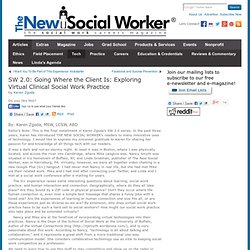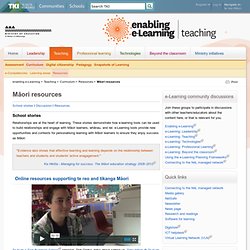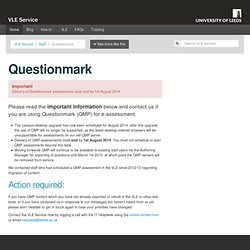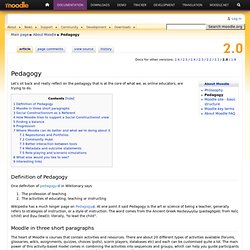

Sharing what we know. THE NEW SOCIAL WORKER Online - The Social Work Careers Magazine for Students and Recent Graduates - Articles, Jobs, & More - SW 2.0: Going Where the Client Is: Exploring Virtual Clinical Social Work Practice. By: Karen Zgoda, MSW, LCSW, ABD Editor’s Note: This is the final installment in Karen Zgoda’s SW 2.0 series.

In the past three years, Karen has introduced THE NEW SOCIAL WORKER’s readers to many innovative uses of technology. I would like to express my sincerest gratitude to Karen for sharing her passion for and knowledge of all things tech with our readers. It was a dark and not-so-stormy night. At least it was in Boston, where I was physically located, and across the river into Cambridge, where Mike Langlois was. The G+ experience raises some interesting questions about learning, social work practice, and human interaction and connection. Nancy and Mike are at the forefront of incorporating virtual technologies into their practices. We need to learn how to use this stuff to stay competitive and show up on the radar or folks will not select us as a profession. Anytime most people are using something and we refuse to know about it, that’s a problem. Nancy adds, most importantly: Gaming.
Learning Materials. Learn your learning style, find materials in the language you choose to learn and even find a language partner.To view a... see more Learn your learning style, find materials in the language you choose to learn and even find a language partner.To view a video of the award winning author, go to View Lingu@net Europa - World Languages Award Winner 2007 video Lingu@net World Wide is based on the idea that if you are learning or teaching a language you could be interested in relevant resources in any language you understand - not only the resources you can find by searching in your mother tongue.Lingu@net World Wide gives multilingual access to over 3,500catalogued online resources, many of them specifically for learners.

It also offers support for adult learners on how to learn a language, how to assess your level and how to communicate with other learners online. Peer Review for material titled "Linguanet Europa (now Linguanet Worldwide)" About this material: Māori resources / Resources / Curriculum / Teaching. School stories l Discussion l Resources School stories Relationships are at the heart of learning.

These stories demonstrate how e-learning tools can be used to build relationships and engage with Māori learners, whānau, and iwi. e-Learning tools provide new opportunities and contexts for personalising learning with Māori learners to ensure they enjoy success as Māori. Writing multiple choice questions. Important Delivery of Questionmark assessments must end by 1st August 2014.

Please read the important information below and contact us if you are using Questionmark (QMP) for e-assessment. The campus desktop upgrade has now been scheduled for August 2014, after this upgrade the use of QMP will no longer be supported, as the latest desktop internet browsers will be unsupportable for assessments on our old QMP server. Delivery of QMP assessments must end by 1st August 2014. Pedagogy. Let's sit back and really reflect on the pedagogy that is at the core of what we, as online educators, are trying to do.

Definition of Pedagogy One definition of pedagogy in Wiktionary says The profession of teaching The activities of educating, teaching or instructing Wikipedia has a much longer page on Pedagogy. At one point it said Pedagogy is the art or science of being a teacher, generally refers to strategies of instruction, or a style of instruction. Moodle in three short paragraphs. Writing Multiple Choice Questions For Higher Order Thinking. One of the biggest criticisms of multiple choice questions is that they only test factual knowledge.

But it doesn’t have to be that way. We can also use multiple choice questions to assess higher-order thinking. Higher Order Thinking in a Nutshell Higher order thinking goes beyond memorizing and recalling facts and data. It even goes beyond comprehension. The concept is based on various learning taxonomies. Because test items must be aligned with learning objectives, you’ll need to include higher-order thinking skills from the start. 1. One of the best ways to promote and assess higher-order thinking is to use scenario-based questions, particularly ones that simulate real work experiences. Before: What symbol does a formula always start with in Excel? After: If you want to total the first ten data cells in column B, which one of the following formulas should you use? Before: What is the first concern of an emergency worker? 2. Before: What are the components of a computer’s video system? 20 Ways To Use PowerPoint With Bloom’s Taxonomy.